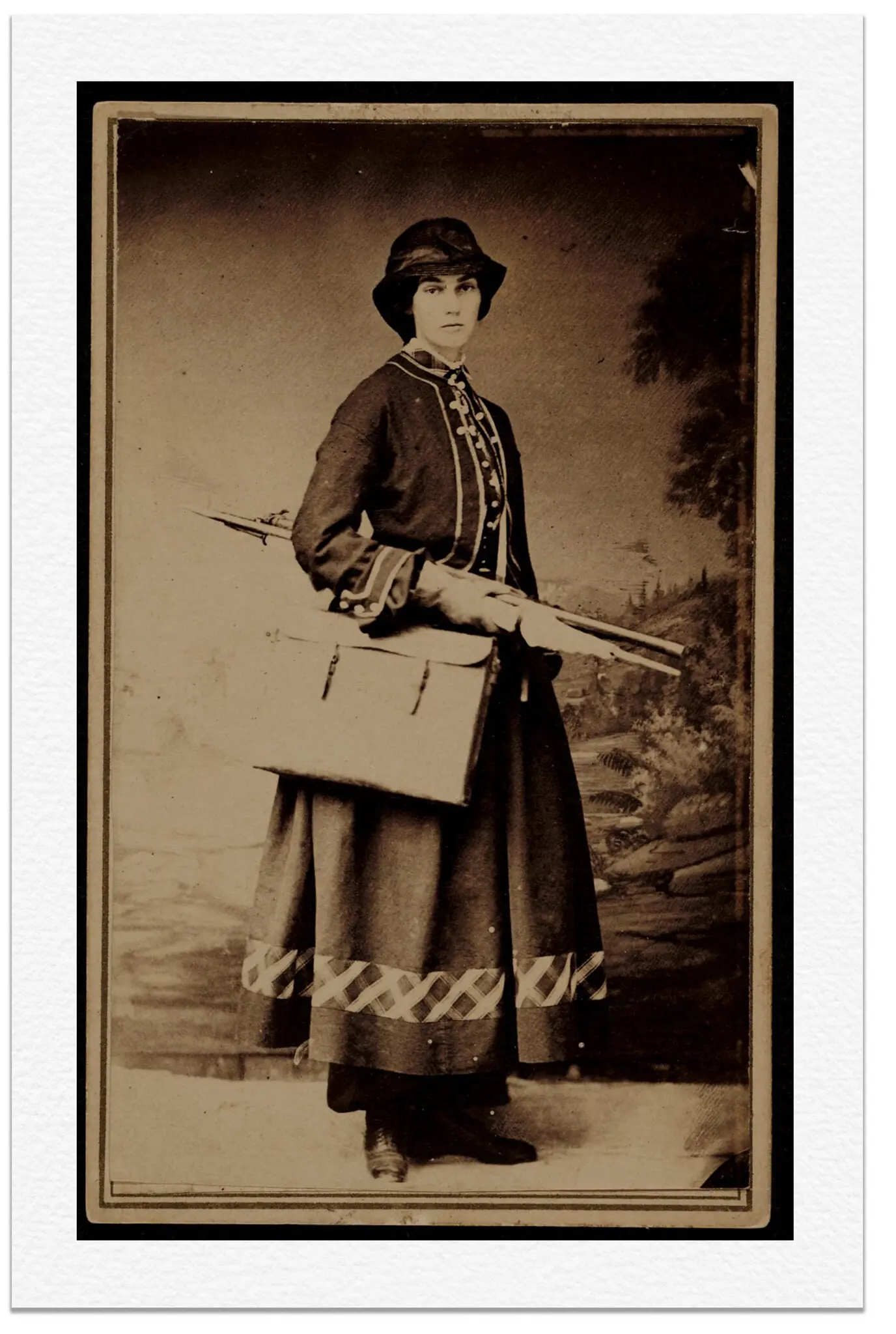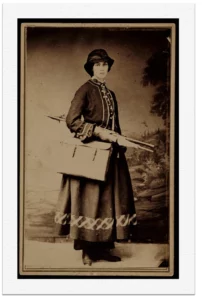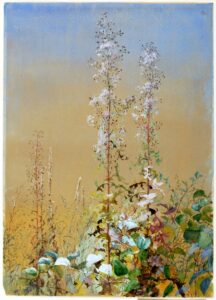Fidelia Bridges
Posted on January 20, 2025 by Jenny ONeill

WOMEN OF WESTPORT POINT

Fidelia Bridges (1834-1923)
Botanical artist, illustrator
1936 Main Road, Westport Point
A reference in Jeanie Stewart Hall’s description of the Point revealed the surprising presence of an accomplished but long-forgotten artist:
“Now we have gotten to Captain Manchester’s, Upper Manchesters… The sweet little house which used to be sheltered behind the evergreens when Miss Fidelia Bridges, the attractive artist, lived there for five years, but to which she could never return after the death of her faithful old nurse, who was the last link with her early home life. Andrew Sowle lives there now.” (Jeanie Hall, c.1895)
It is unclear how or why she came to Westport Point. However, the location and environment may have been a factor as many of her paintings depict saltmarsh and river landscapes. In the late 19th century Fidelia Bridges was well known for delicately detailed paintings that captured flowers, plants, and birds in their natural environment. Many of her paintings were published as illustrations in books and as greeting cards. She was a prolific artist, considered as the equal of Winslow Homer in her day.
Growing up in Salem, Massachusetts, Fidelia was orphaned at the age of fifteen. She worked in the household of a New York Quaker, Augustus Brown, and later trained as an artist at the Pennsylvania Academy of the Fine Arts, developing an intricate style of botanical works that combined the technique of a scientist with the romanticism of an artist. Her illustrations reveal microscopic details in nature.
She is notable for a broad range of endeavors and interests: as oil painter and watercolorist; fine artist and popular illustrator; greeting card creator and nature conservator. Unusual for her time, she was able to support herself with her artistic works. “She transformed flower painting from a domestic outlet for female amateurs to a marketable commodity for professionals, she never wavered in her conviction that women had the right to shape independent careers on their own terms.” (Fidelia Bridges: Nature into Art by Katherine Manthorne)
Fidelia never married. Described by contemporaries as “tall, elegant, beautiful even in her sixties, her hair swept back, her attire always formal…her life was quiet and unostentatious, her friends unmarried ladies of refinement and of literary and artistic taste who she joined for woodland picnics and afternoon teas.”
However, her quiet life demonstrated a distinctive independent trait as noted by her biographer: “she embraced the bicycle and later the automobile as vehicles of female liberation, cultivated her garden with the skill of a horticulturalist, and left a lasting pictorial legacy to be found in US public museums and private collections nationwide.” (Fidelia Bridges: Nature into Art by Katherine Manthorne)
Fidelia Bridges, Untitled, ca. 1876, watercolor on paper, sheet: 14 x 10 in. (35.5 x 25.4 cm.), Smithsonian American Art Museum, Given in memory of Charles Downing Lay and Laura Gill Lay by their children, 1967.7.5 Smithsonian Collection

